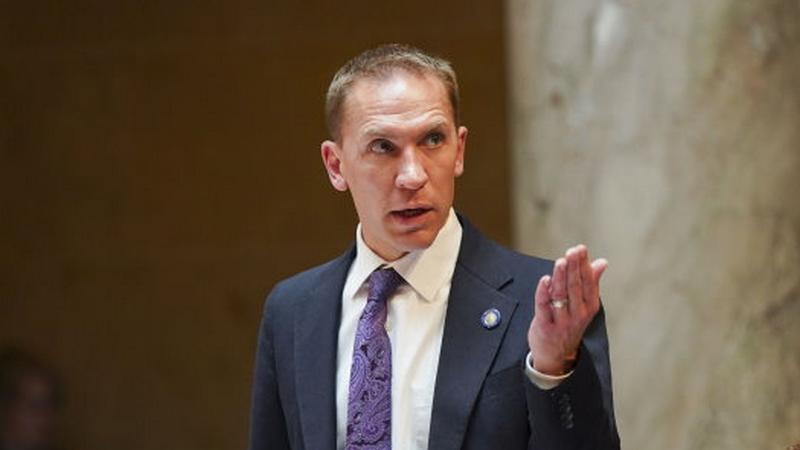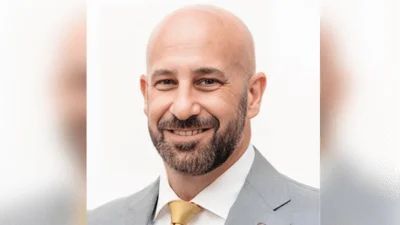Wisconsin state Sen. Chris Larson (D-Milwaukee) | legis.wisconsin.gov
Wisconsin state Sen. Chris Larson (D-Milwaukee) | legis.wisconsin.gov
Ongoing developments steadily unfolding in the world of fusion ignition have piqued the interest of Wisconsin state Sen. Chris Larson.
“Are we close to harnessing the power of the sun for unlimited clean energy,” Larson recently posted on Twitter. “If a recent breakthrough by researchers in CA is any indication, the answer is ‘yes.’ Scientists were able to realize a net energy gain from a lab-created fusion reaction for the first time.”
Taking notice also was the U.S. Department of Energy, which recently announced that fusion energy researchers at the Lawrence Livermore National Laboratory in California have accomplished nuclear fusion. Government officials have not been shy about selling the developments as a huge scientific breakthrough spurred by years of research that could eventually lead to even more advancements in the areas of national defense and clean energy.
Nuclear fusion releases a large amount of energy by combining two light nuclei into a heavier one, a recent CNBC report said. For approximately the last eight decades, scientists have been working to replicate the sun's fusion energy production on earth. The fusion experiment must generate more energy from the reaction than the laser energy used to drive it in order to accomplish ignition. This ultimately occurred in the experiment that took place on Dec. 5, with the reaction reportedly requiring two units of energy—or megajoules—and producing in the neighborhood of three megajoules.
In the face of ongoing discovery and the growing hope that fusion power plants will soon serve as a building road to clean and abundant energy, some are seeking to temper excitement by warning that such technological advancement likely remains years away.
"You have to have a robust system of drivers to enable that,” Kim Budil, director of the Lawrence Livermore Lab, said in the report. “So, you know, probably decades. Not six decades, I don’t think. Not five decades, which is what we used to say. I think it’s moving into the foreground and probably, with concerted effort and investment, a few decades of research on the underlying technologies could put us in a position to build a power plant."






 Alerts Sign-up
Alerts Sign-up